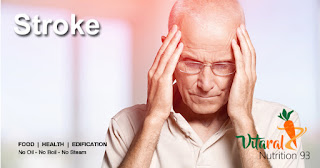Cancer - Nutrition Workshop

What 'Carcinogenic' Is Cancer Cancer is a disease caused by mutating cells in the body. Until now, there is no 100% way to predict where, when, and how a cellular program will fail. Medicine knows only factors that increase the likelihood of mutation (they are called " carcinogenic ", that is, "causing tumors"): radiation exposure, exposure to toxic substances, a general decrease in immunity, etc. , but even they do not lead to the development of cancer with one hundred percent probability. The opposite is also true: no modern therapy can protect a person from the risk of tumors. A tumor, or carcinoma, occurs when a somatic (non-reproductive) cell in the body begins to divide and grow chaotically. Usually, each cell in the body lives on a well-defined schedule known as the cell cycle. When its program is completed, the cell stops dividing and dies, and the cleaning cells (phagocytes) destroy its traces so that inflammation does not ari...





